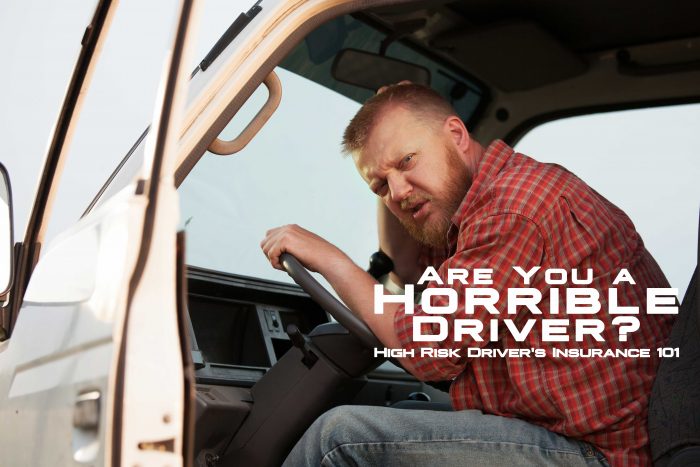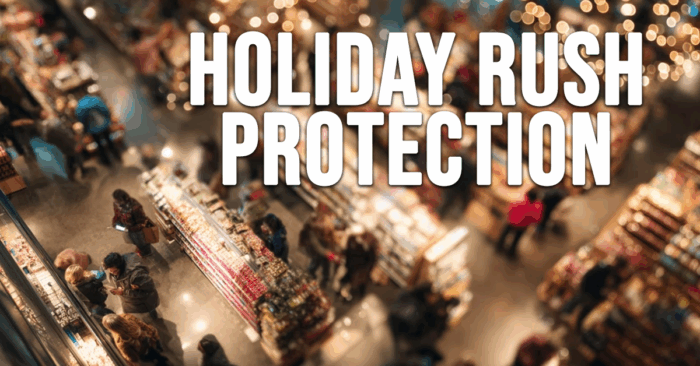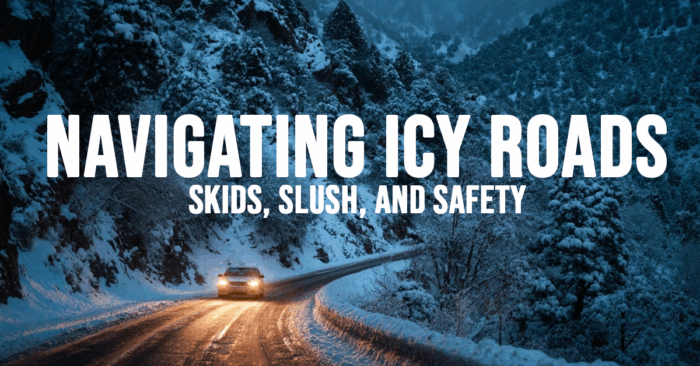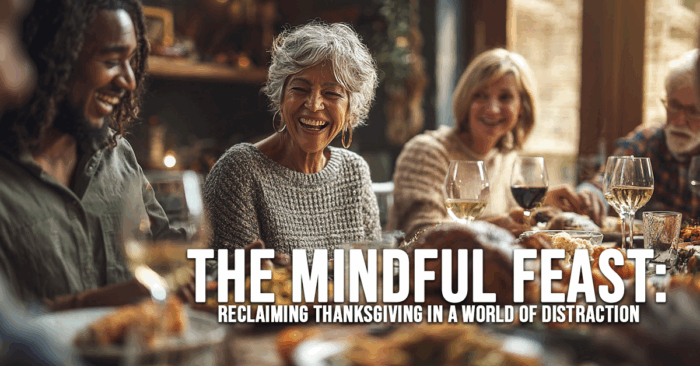Are You a Horrible Driver? High Risk Driver’s Insurance 101

Are You a Horrible Driver? High Risk Driver’s Insurance 101
Look, we get it: sometimes you just want to floor it. You shouldn’t. But you want to. If you’re a high speed, high risk driver, well… you should really stop that. But in the meantime, you’re still going to need insurance.
Who Needs High Risk Driver’s Insurance?
There’s a thing called “extreme speeding,” and if you know what that is (and you’ve gotten a ticket for it in the past), you probably need high risk driver’s insurance. High risk driver’s insurance is required if you:
- Were found speeding way, way over the limit (generally 20 MPH+).
- Were caught with a DUI (often repeatedly).
- Were responsible for a serious accident.
When you’re told to get high risk insurance, it’s often referred to as “SR-22 insurance.” But SR-22 is just the form that you need to prove to the court that you even have insurance.
What is High Risk Driver’s Insurance?
It’s expensive, is what it is. High risk driver’s insurance can be 10 times the cost or more of regular driver’s insurance because, well, you’re a high risk driver. And many auto insurance companies don’t want to insure high risk drivers at all. Instead of just saying “no,” they quote a very high fee.
There are things you can do to reduce the cost of high risk driver’s insurance. You can take driving classes, bundle it with other insurance policies, pay the policy on an annual (rather than monthly) basis, and ask for discounts (such as student or military discounts).
But realistically, there’s only one thing that makes high risk driver’s insurance affordable: waiting until you no longer need it. High risk driver’s insurance is usually only required for the first few years after an incident, so if you just wait to drive, you may be able to get normal insurance instead.
How to Get High Risk Insurance
Unfortunately, a lot of people aren’t in car-friendly areas and they need to drive. So what do you do? You need to call around to find an insurance company that handles high risk drivers, and then you need to get quotes. Be prepared for some extreme sticker shock: it’s really expensive.
If you had a DUI, you may be asked to get an ignition interlock: that’s the device that requires you to blow into it before the car starts, to make sure you haven’t been driving. That can reduce your rates, too.
Everyone makes mistakes, and some people are just bad drivers. If you need high risk insurance, you still have options. Just be prepared for them to be expensive ones.
Do you have questions about your insurance? Find an insurance agent near you with our Agent Finder
Search All Blogs
Search All Blogs
Read More Blogs
Cozying Up: Embracing the Danish Art of Hygge for a Stress-Free December
Banish the December chaos! A simple guide to adopting Hygge—the Danish concept of cozy contentment—for a truly joyful holiday season.
Tinsel, Traffic, and Transactions: Insuring Your Business Against December’s Holiday Rush Risks
Don’t let the holiday rush expose your business. A guide to essential commercial insurance coverages for increased sales, foot traffic, and cyber threats in December.
The Ultimate December Gift: Why Life Insurance is the Most Important Present You’ll Ever Give
Forget the gadgets; life insurance is the real gift of security. A timely look at protecting your family’s future during the season of giving.
Skids, Slush, and Safety: How Your Auto Insurance Navigates the December Driving Nightmare
Essential auto insurance checks and tips for safe, claim-free driving through December’s challenging winter weather and holiday traffic.
Snowed In, Safely Covered: A December Guide to Home Insurance and Winter Preparedness
Don’t let winter woes ruin your holiday cheer. Essential tips on home insurance coverage for snow, ice, and festive accidents.
The Mindful Feast: Reclaiming Thanksgiving in a World of Distraction
Want a more peaceful Thanksgiving? Learn how to embrace a mindful approach and find true gratitude this year.
The New Entrepreneur’s Playbook: Insuring Your Business for Digital and Global Risks in 2026
Starting a digital-first business? Learn how to protect your enterprise from modern risks in 2026.
The Modern Parent’s Dilemma: Life Insurance for a Generation of Savers and Investors
Today’s parents have new financial goals. Here’s how life insurance can be a flexible tool for a modern family in 2026.
The Gig Economy Driver: Navigating Auto Insurance for Side Hustles in 2026
Driving for a gig app? Your personal auto insurance might not cover you. Learn how to get the right coverage in 2026.
The Modern Homeowner’s Guide to Water Damage: The Hidden Risk of 2026
Water damage is a growing threat to your home. Learn how to prevent it and protect your insurance in 2026.









